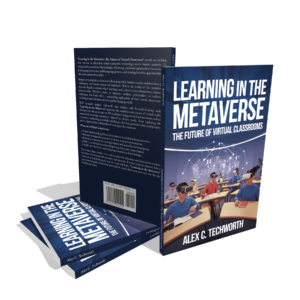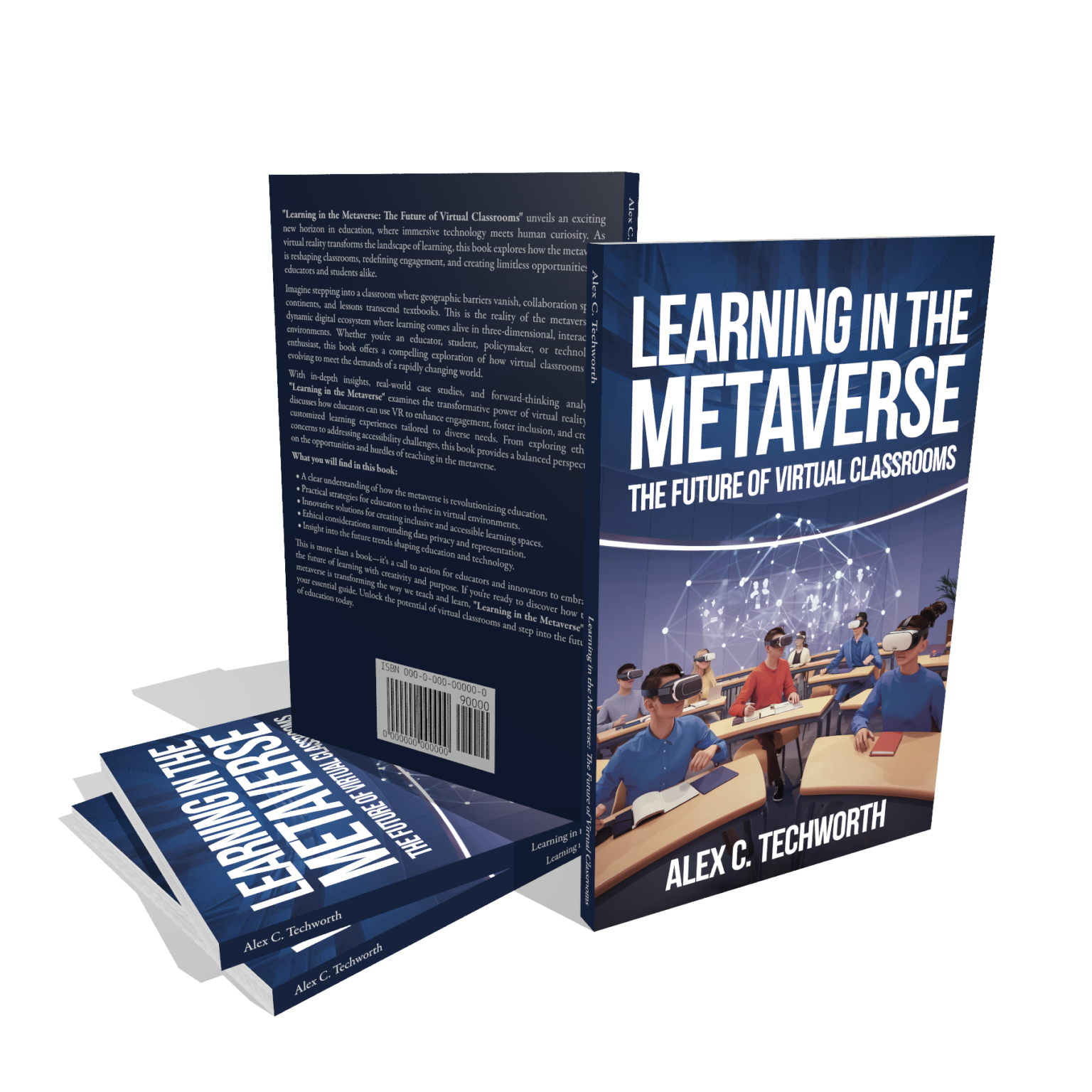Learning in the Metaverse Review: Complete Guide to Virtual Classroom Education and Immersive Teaching Methods

Learning in the Metaverse represents a groundbreaking shift from traditional education to immersive virtual classrooms that transform how students engage with knowledge. If you’re an educator struggling with student engagement, limited by physical classroom constraints, or seeking innovative teaching methods that prepare learners for the digital future, this comprehensive guide offers practical solutions. Unlike theoretical academic texts, this book provides actionable strategies for implementing metaverse education, creating inclusive virtual learning environments, and navigating the ethical considerations of immersive technology in education.
This essential resource bridges the gap between educational innovation and practical application, offering educators, administrators, and technology enthusiasts a roadmap for successfully integrating virtual reality and collaborative tools into their teaching practice. With detailed case studies and proven implementation strategies, readers discover how to leverage immersive learning experiences that enhance student retention, foster global collaboration, and create accessible educational opportunities for diverse learners.
What You’ll Discover
- Virtual Classroom Setup Strategies: Master the fundamentals of creating engaging three-dimensional learning spaces that captivate students and enhance educational outcomes through immersive technology
- Global Collaboration Techniques: Learn proven methods for connecting students worldwide in real-time virtual environments, breaking down geographical barriers and fostering international teamwork
- Accessibility and Inclusion Methods: Discover how to design virtual learning experiences that accommodate diverse learning styles, disabilities, and backgrounds through customizable immersive environments
- Ethical Implementation Guidelines: Navigate complex data privacy, representation, and equity issues while maintaining safe, inclusive virtual spaces for all learners
- Engagement and Retention Optimization: Transform passive learning into active participation through interactive simulations, gamified experiences, and personalized educational pathways
- Future-Ready Teaching Skills: Develop essential competencies for adapting to emerging educational technologies and preparing students for tomorrow’s digital workforce
Why This Book Matters
The education landscape is rapidly evolving, and traditional teaching methods no longer meet the needs of digital-native students. This book addresses the urgent need for educators to embrace immersive learning technologies while maintaining pedagogical excellence. By providing practical frameworks for virtual classroom implementation, it empowers teachers to create memorable, impactful learning experiences that significantly improve student engagement and knowledge retention.
Rather than offering theoretical concepts, this guide delivers immediately applicable strategies backed by real-world case studies and proven results. Educators gain confidence in technology integration while learning to balance innovation with educational equity, ensuring no student is left behind in the digital transformation of learning environments.
Key Features
This comprehensive ebook spans multiple detailed chapters covering virtual reality implementation, collaborative learning strategies, accessibility design, and ethical considerations in metaverse education. Available as an instant digital download, you’ll receive immediate access to practical worksheets, implementation checklists, and step-by-step guides for creating your first virtual classroom. The format allows for easy reading on any device, with printable resources for hands-on practice. Also available as audiobook on Google Play Books and Spotify for convenient listening during commutes or workouts.
Frequently Asked Questions
How does Learning in the Metaverse differ from traditional educational technology books?
Unlike theoretical texts, this book focuses on practical implementation strategies for virtual classrooms. It provides step-by-step guidance for creating immersive learning experiences, addressing real challenges educators face when integrating metaverse technology, and offering solutions for common obstacles like student engagement and accessibility concerns.
What technical expertise is required to implement these virtual classroom strategies?
The book is designed for educators at all technical skill levels. It provides beginner-friendly explanations alongside advanced techniques, ensuring teachers can start with basic virtual collaboration tools and gradually progress to more sophisticated immersive learning environments without feeling overwhelmed.
How does this book address concerns about student data privacy and digital safety?
The guide dedicates substantial coverage to ethical considerations, including comprehensive frameworks for protecting student data, creating safe virtual spaces, and maintaining privacy standards. It offers practical checklists and policies educators can implement immediately to ensure responsible metaverse education practices.
Get Your Copy Today
Transform your teaching approach with this comprehensive guide to metaverse education. Available for instant download at just $6.99, this ebook provides exceptional value compared to expensive virtual reality training courses or educational technology workshops. Also available as audiobook on Google Play Books and Spotify. Purchase your copy through all major ebook retailers including Apple Books, Barnes & Noble, and Kobo to begin revolutionizing your classroom experience today.
Watch the Video Review

